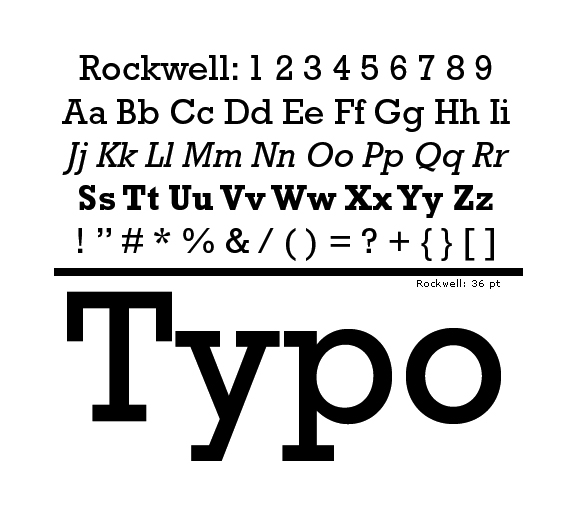

Once you've added text to your image, you can resize it, change its color, wrap it around your picture in a circle or arch and generally do anything to it that you can do to images and drawings. PhotoDraw's text effects are also flexible. The images in the pre-release version's PhotoBrush feature included snakes, eight-balls, rulers, chains and a host of other eccentric objects suited to frame duty. Once your picture has been through basic editing, PhotoDraw can apply a number of effects ranging from "outlining" images to creating 3-D "pop-outs." You can even create frame effects with PhotoDraw's PhotoBrush feature, which wraps a photographic image along the outline of a shape or image. You can insert your photos into these or open the photos up directly and resize the work area as desired.

When starting a new PhotoDraw project, you can select a number of pre-set output sizes in sizes ranging from full-screen images to mailing labels. Beginners can used its pre-configured settings, while advanced users can tinker to their heart's content.
#Baixar photodraw 2000 para pc software#
It will integrate well with other Microsoft software such as Word, Publisher and the FrontPage Web editor. PhotoDraw should hit the market early next year - just as those holiday photos get back from the developer. Microsoft's PhotoDraw 2000 is similar to PhotoDeluxe in its image editing capabilities, but it includes a larger selection of effects, the ability to add freehand drawings and a greater range of options for manipulating the look of images and text.īy itself, PhotoDraw can handle most simple desktop publishing tasks, and can turn just about any image into a professional-looking Web graphic. PhotoDeluxe can also copy images to your personal Web site or drop them into Adobe's PageMill Web page editor. If you've ever had trouble getting people together for a family picture, PhotoDeluxe is your answer.Īnother attractive feature the PhotoDeluxe Home package is a collection of templates (predesigned documents) for turning photos into greeting cards, calendars, posters and other simple desktop publishing projects, as well as a library of professionally prepared images and clip art. Once that was done, I could relocate my subjects in more exotic locales, or put them in a setting with people they'd never be seen dead with. I used PhotoDeluxe's "Smart Select" tool to do some creative cropping, cutting people out of a photo and deleting the background. Once you've mastered techniques using Adobe's "guided activities," you can strike out on your own to create new effects with PhotoDeluxe's advanced menus.

There's even a step-by-step menu that takes you through more complicated tasks, such as grafting your head onto someone else's body. You can apply artistic touches, such as "colorizing" an old black-and-white picture, adding textures or creating effects such simulated motion. But the PhotoDeluxe add-ons include special effects such as image repair, which automatically removes scratches from scanned photos and red-eye from flash pictures. PhotoDeluxe Home Edition, which retails for $99, includes EasyPhoto, a basic image editor. For example, the Image Expert packed with my Epson PhotoPC 600 digital camera includes distorting effects like "fish-eye" and "glass block," and a color inverting feature to create digital "negatives." Use these sparingly, unless you want to induce seasickness or faux acid flashbacks. Many image editors bundled with hardware include a set of elementary special effects. Some packages, such as Sierra Imaging's Image Expert, have a single mouse-click "auto fix" feature that corrects common problems, as well as interactive tools for all three common adjustments. If you're taking pictures with a small flash or in a marginally lighted room, these features will save many images from the digital trash can.

Next on the list are adjustments to contrast, brightness and color balance. Most image editing tools let you select a part of the photo and remove everything outside it with one or two easy steps. The first is cropping - trimming the image to focus on a specific part of the photo and get rid the extraneous stuff that finds its way into your pictures.


 0 kommentar(er)
0 kommentar(er)
